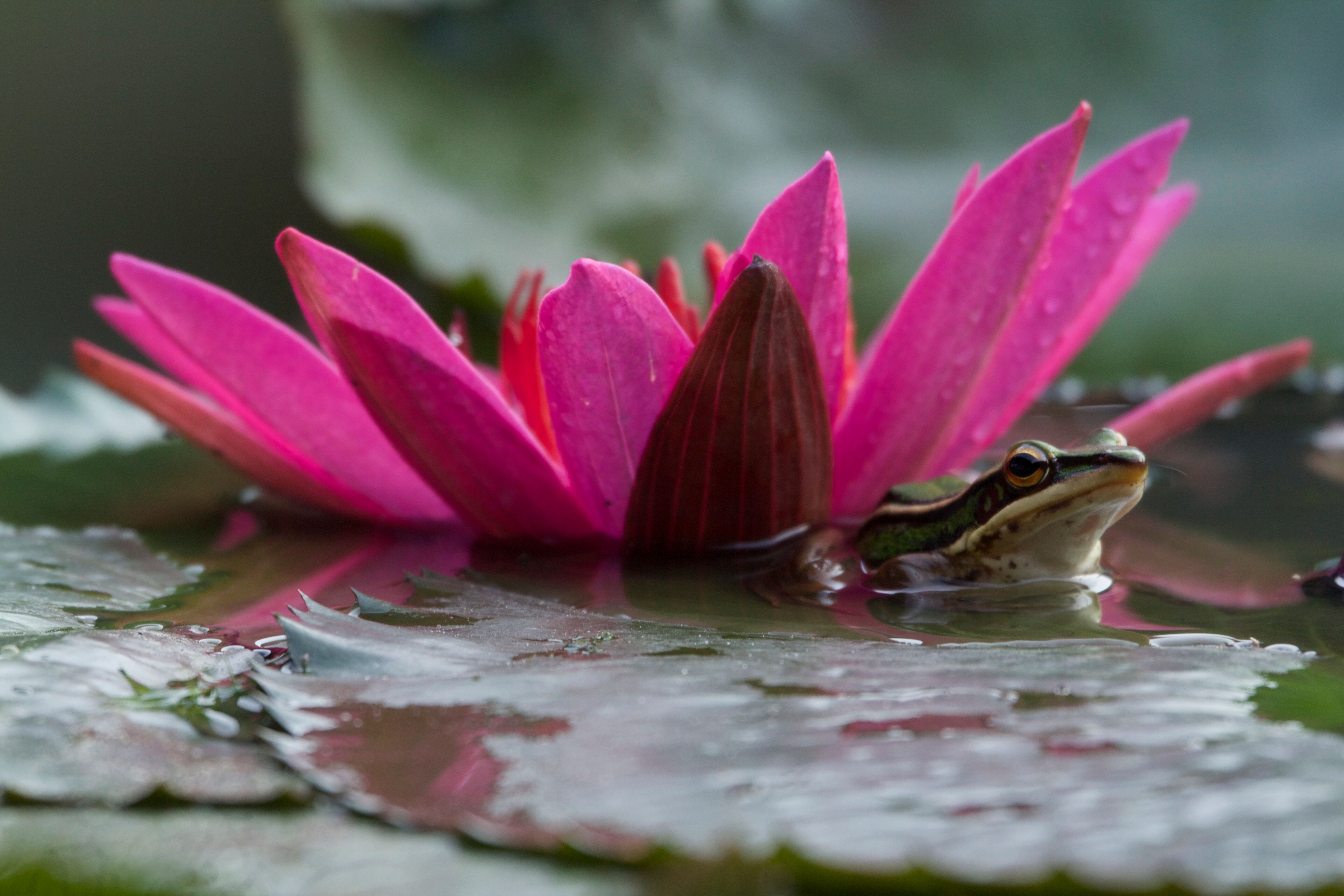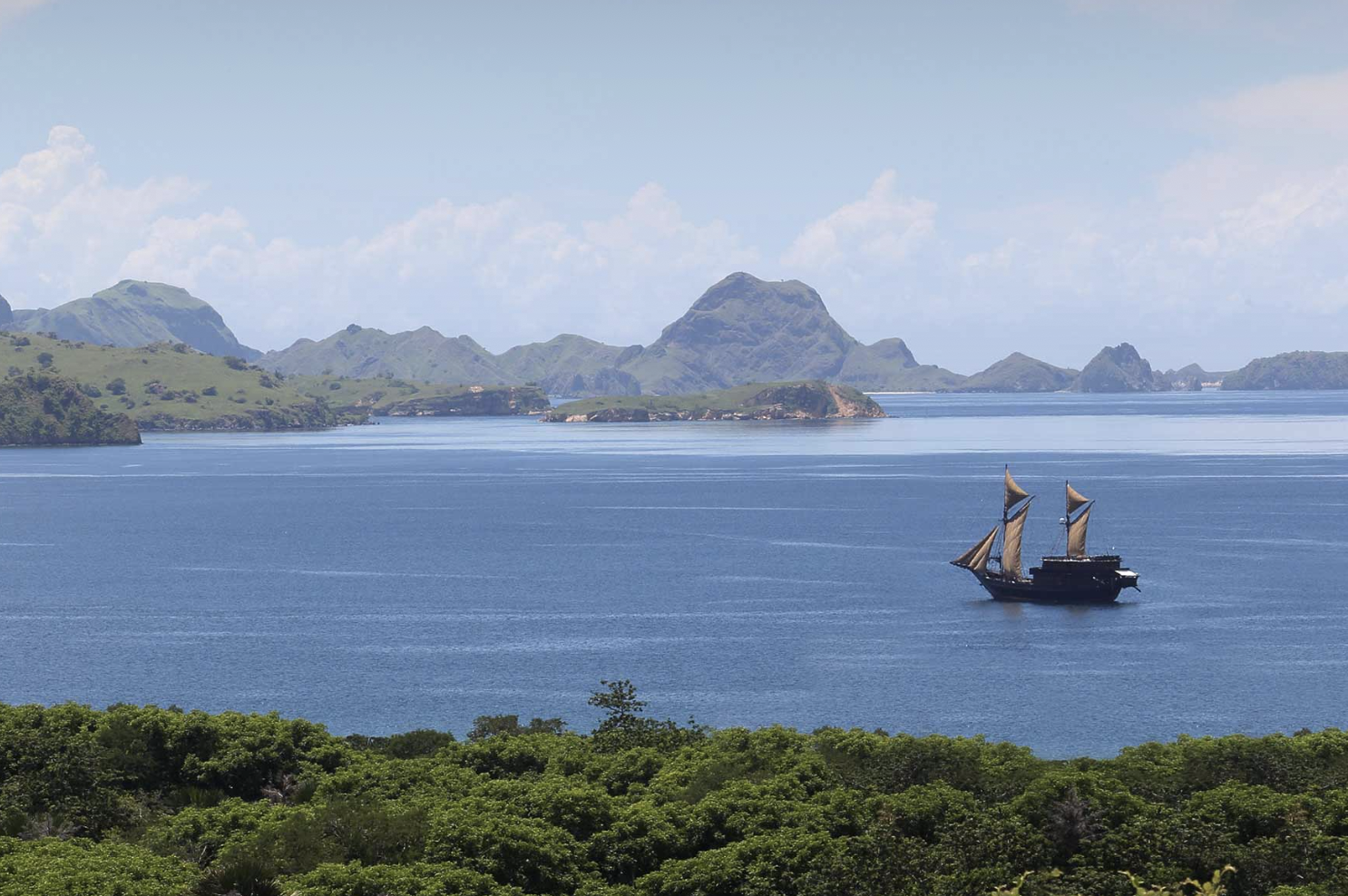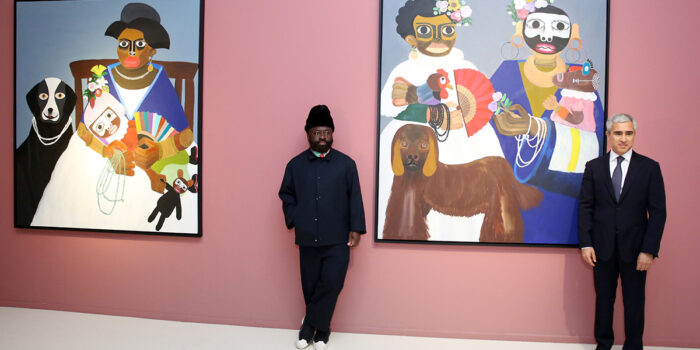Juliet Kinsman follows in the footsteps of natural history’s quiet trailblazer, Alfred Russel Wallace, in the Malay Archipelago
A century and a half ago, Alfred Russel Wallace published his book, ‘The Malay Archipelago’, about his eight-year scientific journey from Singapore through Malaysia into eastern Indonesia. The stories surrounding Wallace, who – pre-Darwin – proposed his own theory of evolution, are as gripping as a hit Netflix series. The young naturalist was born into a humble farming family, but by the middle of the 19th century, he was canoeing through exotic lands of proboscis monkeys, headhunters and orangutans, and celebrating his discoveries at The British Museum, before finally fading into obscurity.
Born in a Welsh village in 1823, Alfred Russel Wallace is credited as the founder of biogeography. And yet despite significant discoveries, his work is rarely acknowledged beyond the eponymous flora-fauna boundary that runs between Bali and Lombok. In fact, my first introduction to the naturalist came via the manager at the elegant Amankila resort overlooking the 22-mile wide Lombok Strait. My interest in the unsung explorer intensified after a spell at the Datai in Malaysia, when resident conservationist Irshad Mobarak told me his life story.
The claim that Charles Darwin was not first to posit natural selection is not just a bit of Hollywood-style “poetic license”. Though Darwin was barking up the right tree regarding natural selection, in a different hemisphere, a younger, less well-known naturalist was a few steps ahead, having already pieced together a theory of evolution from his own self-funded expeditions.
Today ‘Darwinism’ is a household term but few know much about the man who lends his name to Wallacea, the biogeographical area in Indonesia recognized for its mammals and birds. “Charles Darwin was part of the establishment, a fellow of the best institutions and he had the best access to teachers,” Irshad explained as we sat under the arched bamboo of the Datai’s Nature Centre. The class system had a steely grip on Victorian society, and especially within Darwin’s inner circle.
Once a year, Irshad traces Wallace’s steps to the spot where he wrote his first papers. “When Darwin travelled, he was the ‘Captain’s companion’ whereas Wallace was a working-class chap from Monmouthshire who sold beetles from a young age to collectors — that’s how he made friends with the staff at The British Museum.” Wallace self-funded his odyssey of discovery at a time when missionaries were proselytising about creationism in the new frontier of Christian colonies. Museums and collectors paid for this curious intrepid adventurer to collect thousands of feathered, furry and flowered specimens of natural history which presented new and rare species.
Lying in a malaria-induced, feverish state in a thatched bamboo and stone house in Halmahera, Maluku, Wallace had an ‘a-ha moment’. Having spent years scrutinising the zoogeographically uniqueness of this part of the world, the penny dropped: he realized that species change from one into another, over time. In the competition for life, he also realised that it was the strongest who survived. He posted an essay presenting this conclusion to Darwin, who — possibly panicking he was about to be academically gazumped — hastily put together his version of the game-changing hypothesis. “On the Origin of Species by Means of Natural Selection, or the Preservation of Favoured Races in the Struggle for Life” (to give it its full title!) was published by the elder scientist in 1859.
Wallace was magnanimous, grateful for a small attribute in the introduction of Darwin’s works, and didn’t appear to harbour any resentment towards his mentor. Sir Charles’ reputation has survived the passing of time but thankfully Wallace’s ‘The Malay Archipelago’ also endures as a brilliant natural-history narrative. The ever-gracious Wallace even dedicated his magnum opus to Darwin.
HOTELS FOR NATURAL HISTORY LESSONS
See the wild through Wallace’s eyes
The Datai, Langkawi
While Wallace didn’t set anchor at these exact coordinates near to the Andamans, there’s nowhere better to learn about Wallace’s discoveries than at this Malaysian luxury resort with their resident naturalist. Irshad will show you the rare hornbills, dazzling blue kingfishers, super-sized stick insects and golden birdwing butterflies that wowed Wallace back in his day.
Hotel Tugu Malang, Java
This quirky hotel brings Java’s history to life, and it’s a reminder that Wallace’s entertaining writings were as rich in anthropological observations as scientific detail. As he told his mother in a letter in 1861, “I have left the wild and savage Moluccas and New Guinea for Java, the garden of the East, and probably without any exception the finest island in the world.”
Amankila, Bali
Bali seemed well-developed to Wallace even back when he first visited, but this distinguished hotel on the east coast offers a unique perspective to the island’s iconic green-tiered paddy fields. Revel at the soul-stirring rural landscapes and look out at the Lombok Strait, where the Malay Sea ends and Australasia begins.
Legian Sire, Lombok
When Wallace crossed the seemingly insignificant Strait to Bali’s neighbour, he noted immediately that the wildlife was different there than it was to its west, in the same way that the flora and fauna of South America contrasts with those in Africa. This brand new hotel opens this July in the West Nusa Tenggara province on the island’s most beautiful beach. Visit waterfalls, go snorkelling in the Gilis and look out for the rare white cockatoos that once caught Wallace’s attention.
Misool Raja Ampat
The remote islands of Raja Ampat off the northwest tip of New Guinea’s West Papua province promise an unrivalled array of fish and coral species. They’re also host to the world’s most diverse marine life, dense tropical forests and astounding rock formations, and a colourful cast of birds and wildlife.
Alila Purnama’s six-night Raja Ampat cruise
For sight-seeing on the move, cruise on a handcrafted phinisi inspired by the vessels of the Bugis seafarers of Sulawesi through this archipelago which translates as ‘the Four Kings’. This live-aboard ship crewed by 16 sleeps 10; from about £12,000 a night, full board.
Images courtesy of The Datai, Hotel Tugu Malang, Amankila, Legian Sire, Misool Raja Ampat and Alila Purnama











